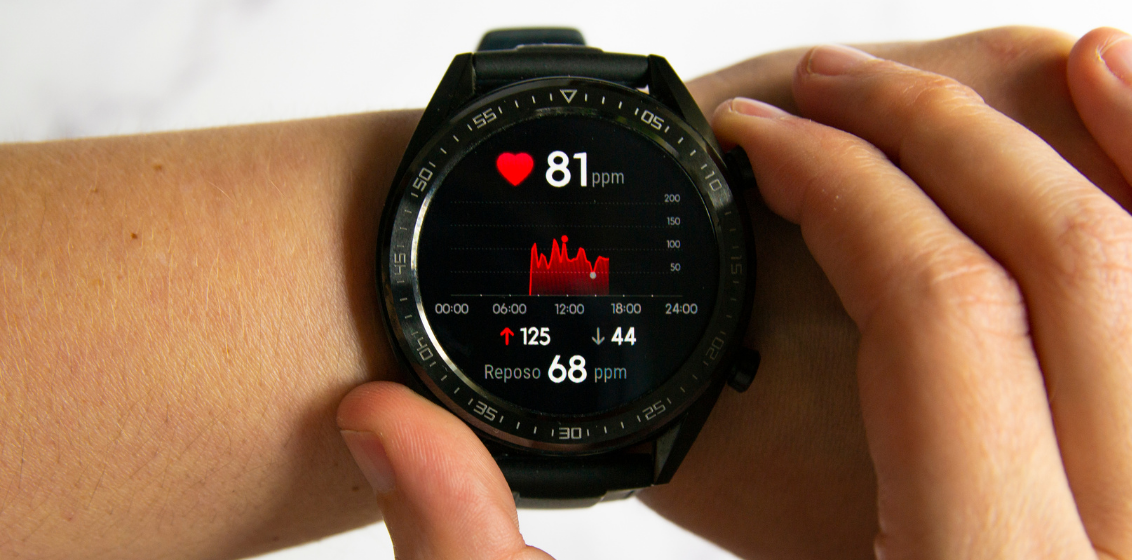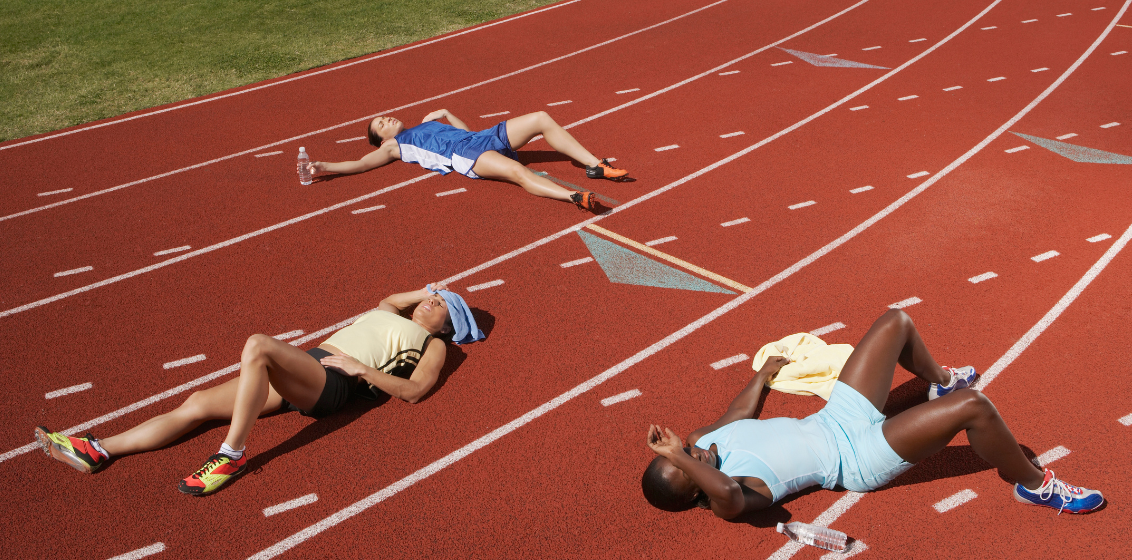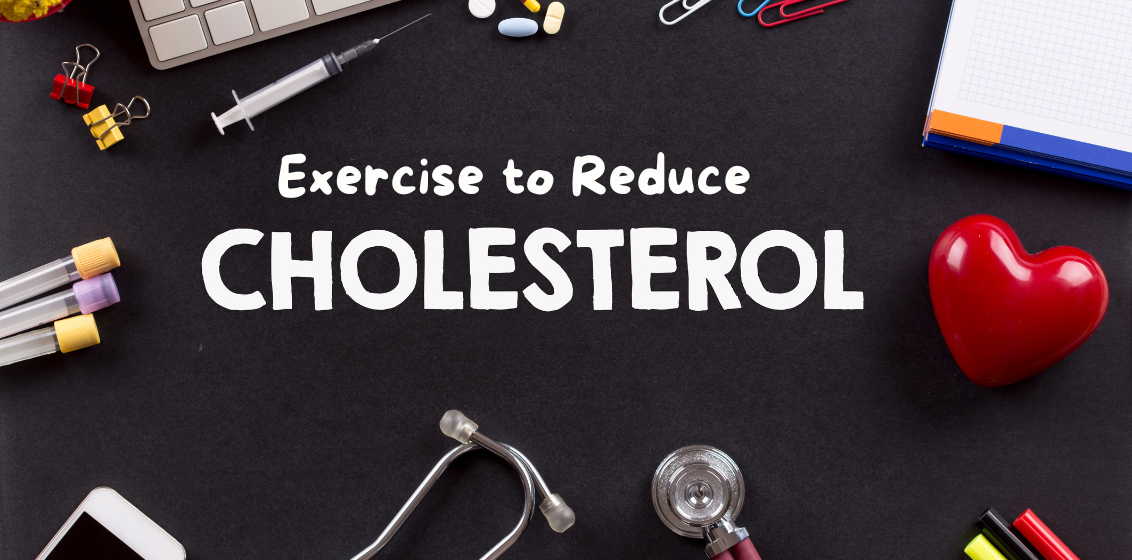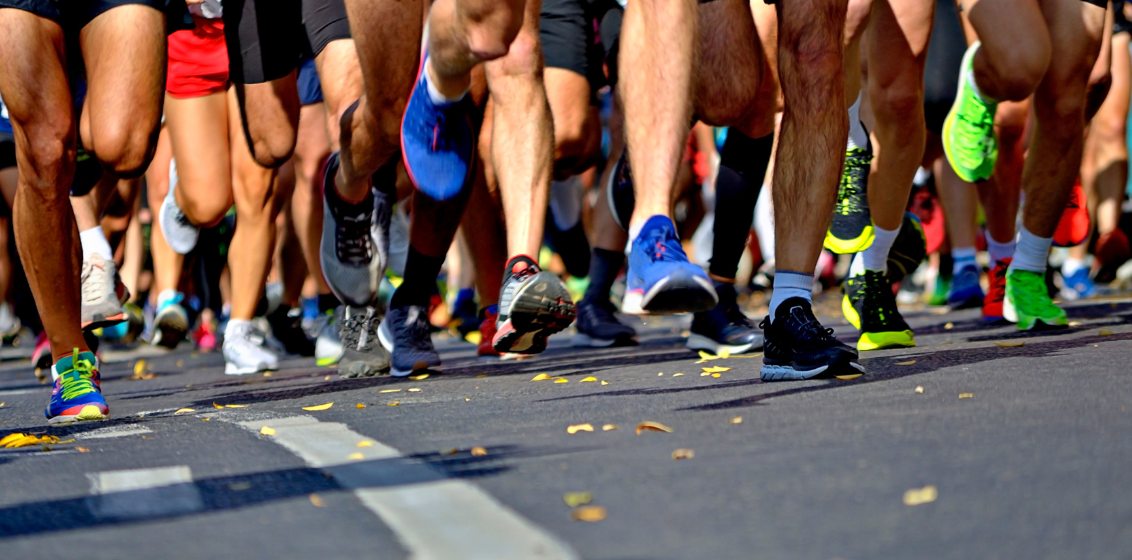Running Cadence: Is 180 the magic number?

If you’re running with a Garmin or Apple watch you may see “Cadence” pop up on screen or in the App afterwards. If you’ve done any research on this, you may have seen the magic target of 180 put forward. What does this all mean? What’s cadence anyway and why is everyone telling me to get to 180? Here’s some answers for you…..
What does Cadence mean?
Cadence is the count of how many times your feet hit the ground per minute while you’re running. It can be measured in steps per minute (total left and right foot contacts each minute) or strides (how many right foot contacts per minute). If the number you see when running is less than 100 it’s strides/minute if it’s over 100 it’s steps/minute. To keep it simple, I’m going to focus on STEPS per minute here.
So what?
Running speed is made up of two things: how long your steps are and how many you take. At the same speed, increasing one will decrease the other. Take more steps and they will be shorter, take less steps and they need to get longer to maintain the same pace. To run faster, most people take longer strides, with a relatively low cadence. This can lead to what’s called “overstriding”. Doing a treadmill run analysis we can diagnose this on video, but your watch will also tell you, and probably your body as well.
Overstriding results in
- Increased braking forces when you land, so you slow down and re-accelerate EACH step you run
- Increased load at the ankle, knee and hip joints and tendons (around 10%)
- Increased Achilles load (around 4%)
- Increased Impact forces (20%)
- More vertical bounce when you run, which is inefficient when trying to run forwards.
To prevent Overstriding, the magic Cadence of 180 has been suggested for many years as being the safest, most efficient cadence for runners. This number came from observations of Olympic runners, who used 180 or higher whatever distance they were racing. High school athletes averaged 170, while college runners hit 177. These are elite athletes, and their cadence increased as they matured to become the top elite runners in the world. How useful is that 180 cadence for recreational runners trying to stay sane and earn some carb-credits?
A research team looked at cadence at different speeds for inexperienced runners (running once a week on average) and tried different combinations of cadence to see what cadence resulted in the most efficient running (lowest heart rate). They found
- Inexperienced Runners self-selected a cadence BELOW their optimal efficiency
- The most efficient cadence didn’t change across 3 speeds for inexperienced runners (around 6-7 mins/km)
- The optimal cadence which produced the lowest heart rate was 166 steps per minute in this study. Overall a range between 165-170 steps per minute is recommended
So Who Should Change Their Cadence?
Based on this, and other research into running biomechanics, I think you could try increasing your cadence
- If you’ve only just started running regularly
- If your cadence for a normal continuous run is around 160 or less. If your are seeing 150’s or 70’s then you are self-selecting a cadence that’s making you work harder than you have to
- Injured runners: overstriding with a low cadence is a common finding when we look at injured runners
Who Shouldn’t Change?
- Experienced runners. Over time they will have already arrived at their optimal cadence so increasing cadence above that can REDUCE efficiency
- Runners with foot and Achilles problems. Reducing loads slightly at the Achilles with a higher cadence is not enough to make up for the INCREASED number of impacts your foot will make with a higher cadence. Over a run, you can accumulate MORE load in your Achilles by upping your cadence. Wait until things settle, or come and get a run assessment for more advice
How to change your cadence
- Gradually! Take your current average cadence and increase it by no more than 5%. That’s your new target. Let’s say you are currently at 155 steps/minute, adding 5% gets us to 162.75 so aim for 163 initially. Most people won’t need to go up by more than 8% and won’t get to 180 ever.
- Use a metronome app and try it on a treadmill
- Use music, search your streaming service for playlists around your target cadence and add BPM (beats per minute). So 165BPM comes up with songs that your feet can sync to.
- Try it for short periods, on short easy runs on flat terrain
- One useful hack is to just swing your arms a bit faster. Your legs will get into sync with your upper body and some people find it easier to speed up arm swing than leg turnover
- Try setting up Cadence as one of the things that shows up on your watch while you run and just glance down at it every so often during a run
- You can increase your cadence too much. All of us will have an ideal cadence and a step rate too far below, or too far above this will decrease running economy and push up your heart rate
- Don’t just run faster! The aim is to increase ONLY your cadence, not your stride length and speed, so try and run at the same average pace you have been doing, and only increase your cadence. As you become more efficient, at the same heart rate you will naturally run faster at your new cadence
If you’re struggling with a running injury and would like to see if your running technique could be contributing, we love helping people just like you with a treadmill running assessment. We’ll look at your technique, cadence and biomechanics and come up with a plan to keep you running.



